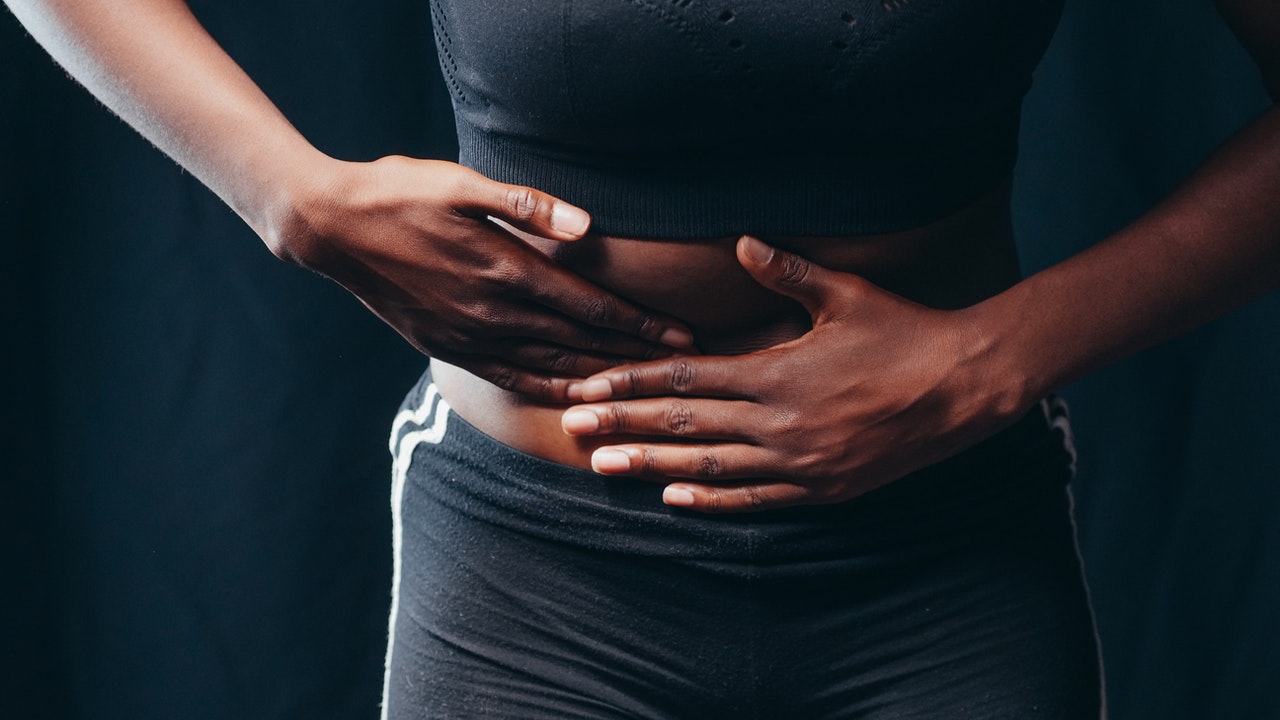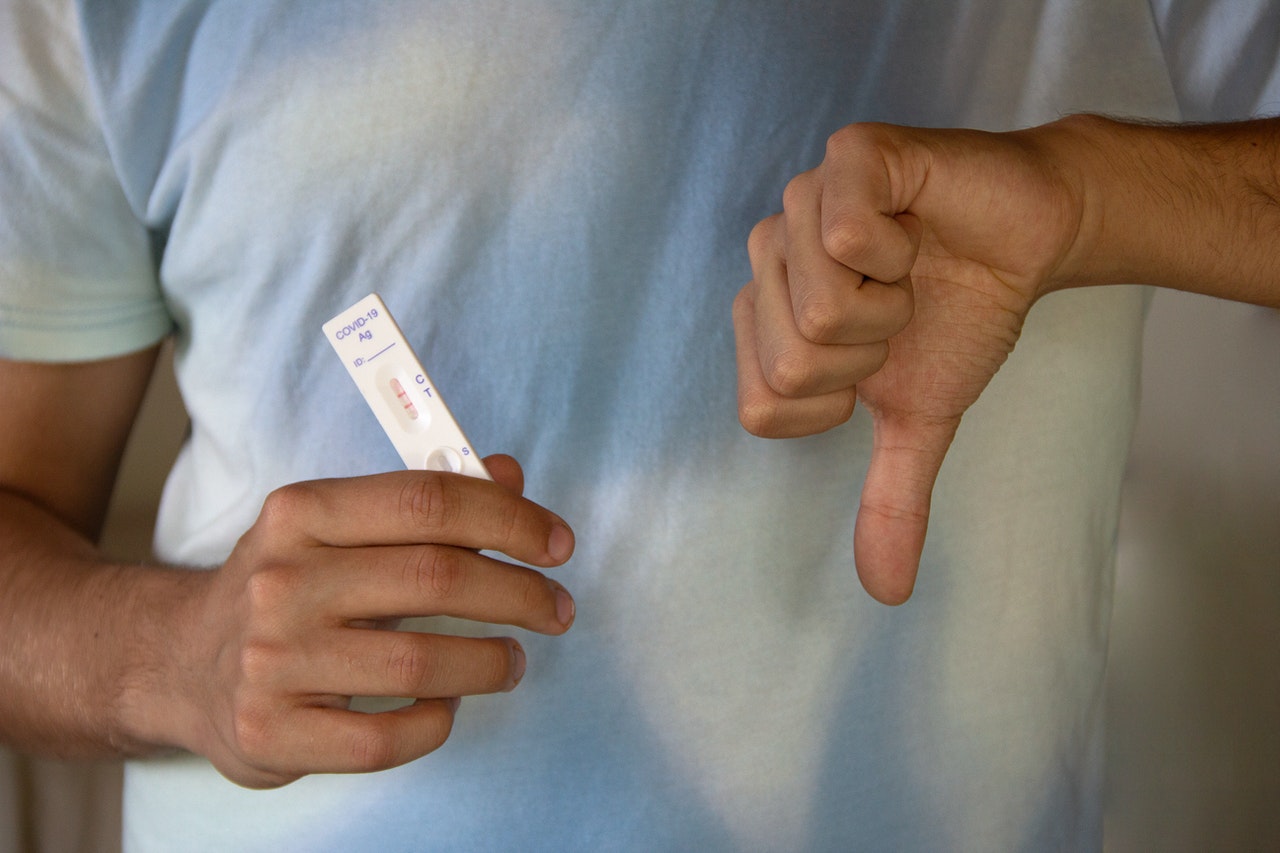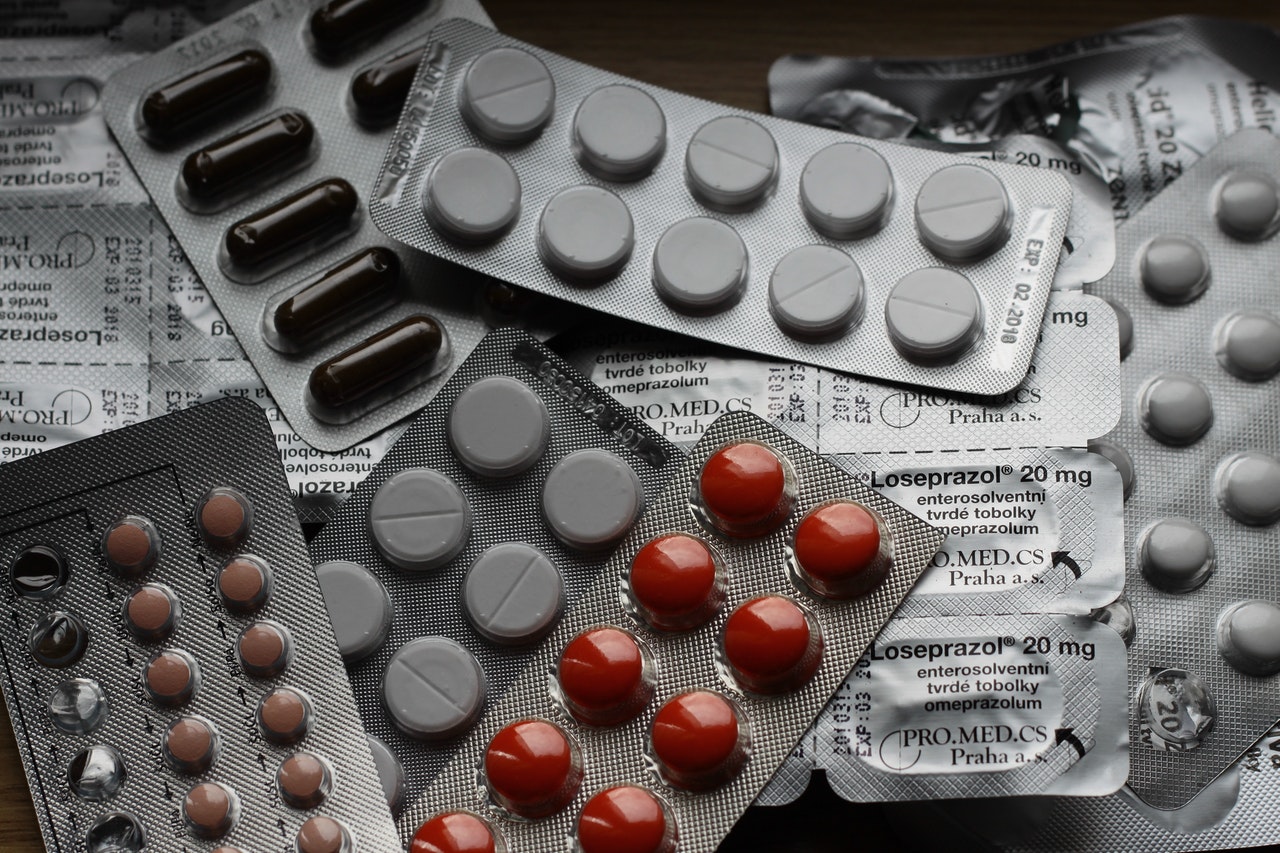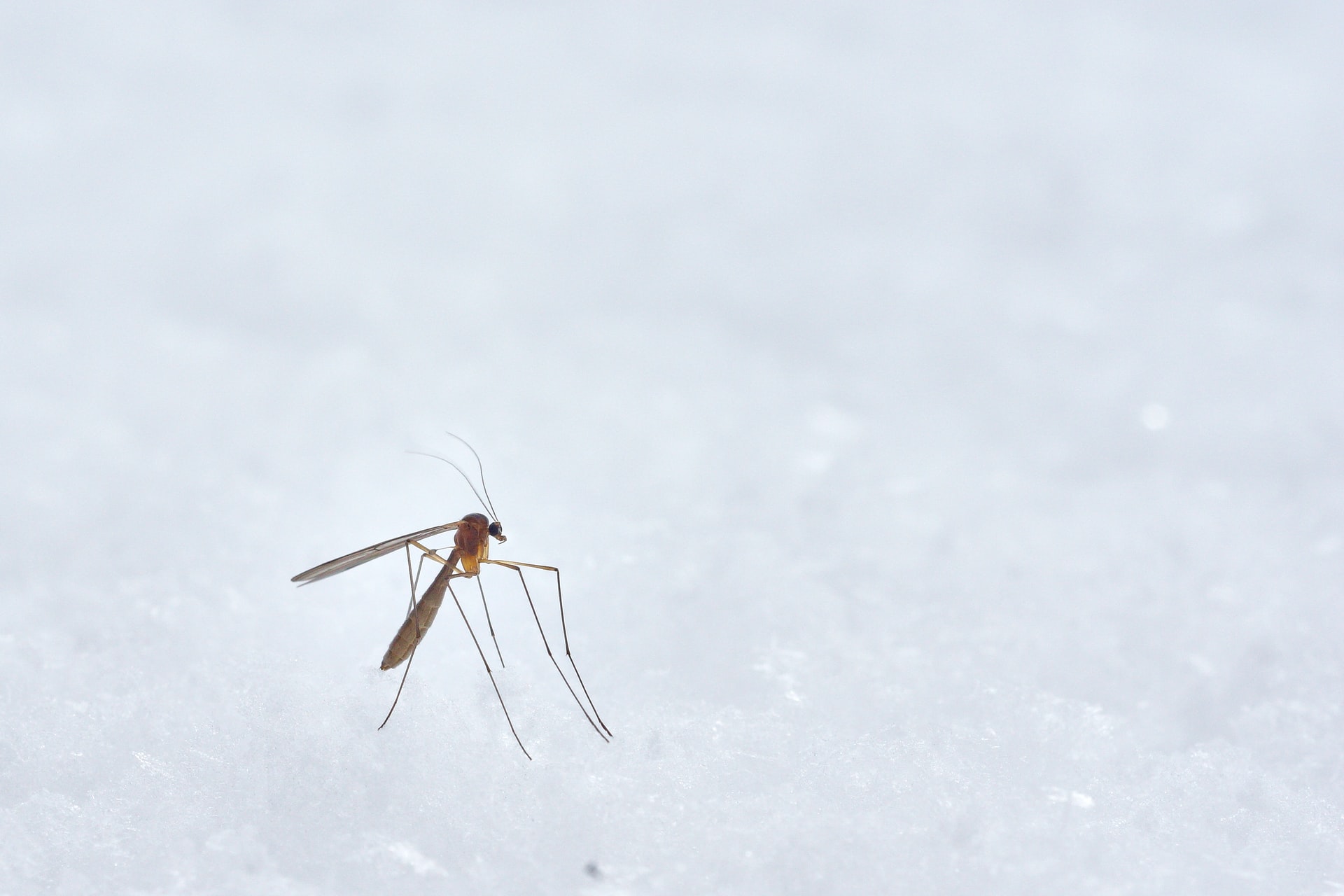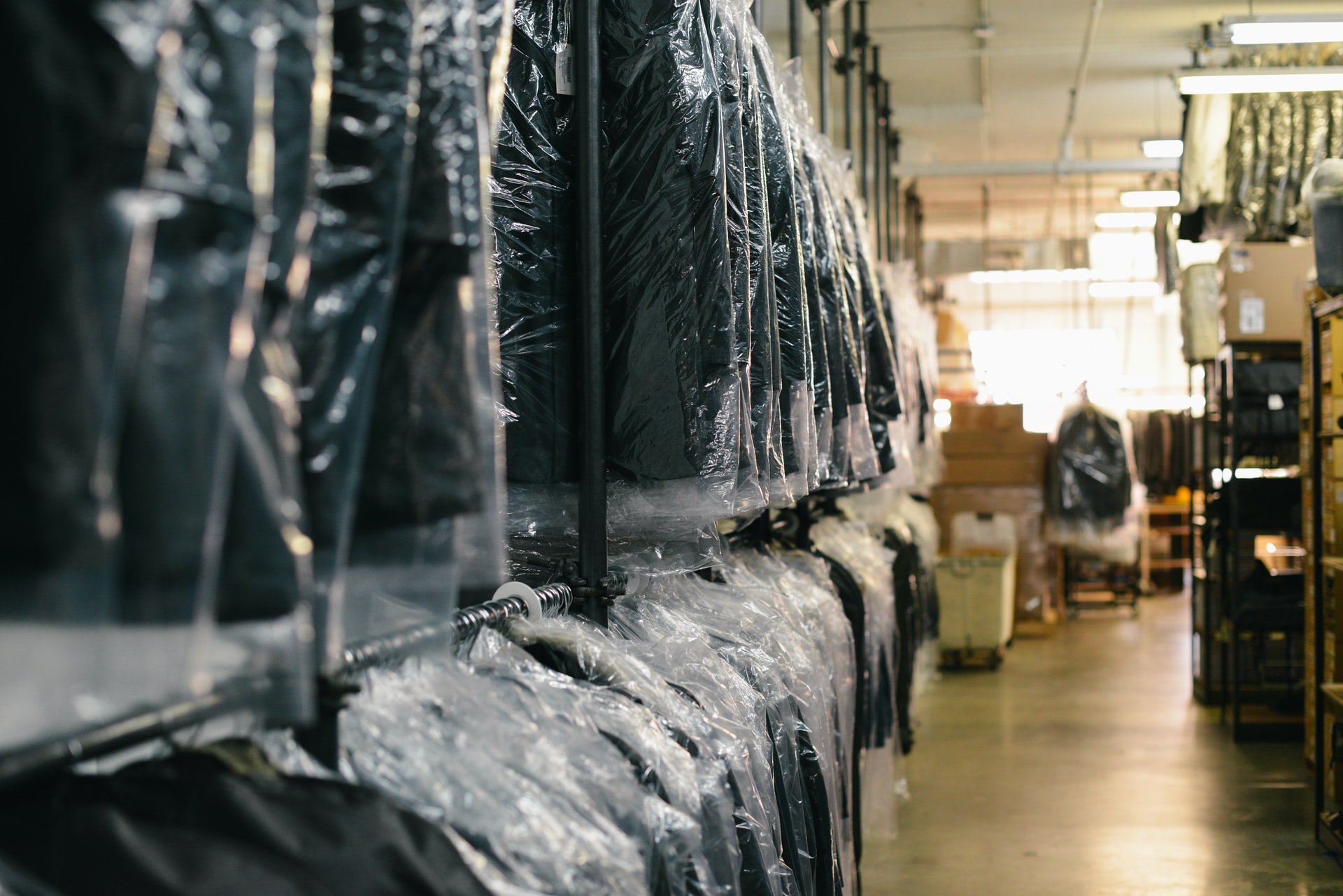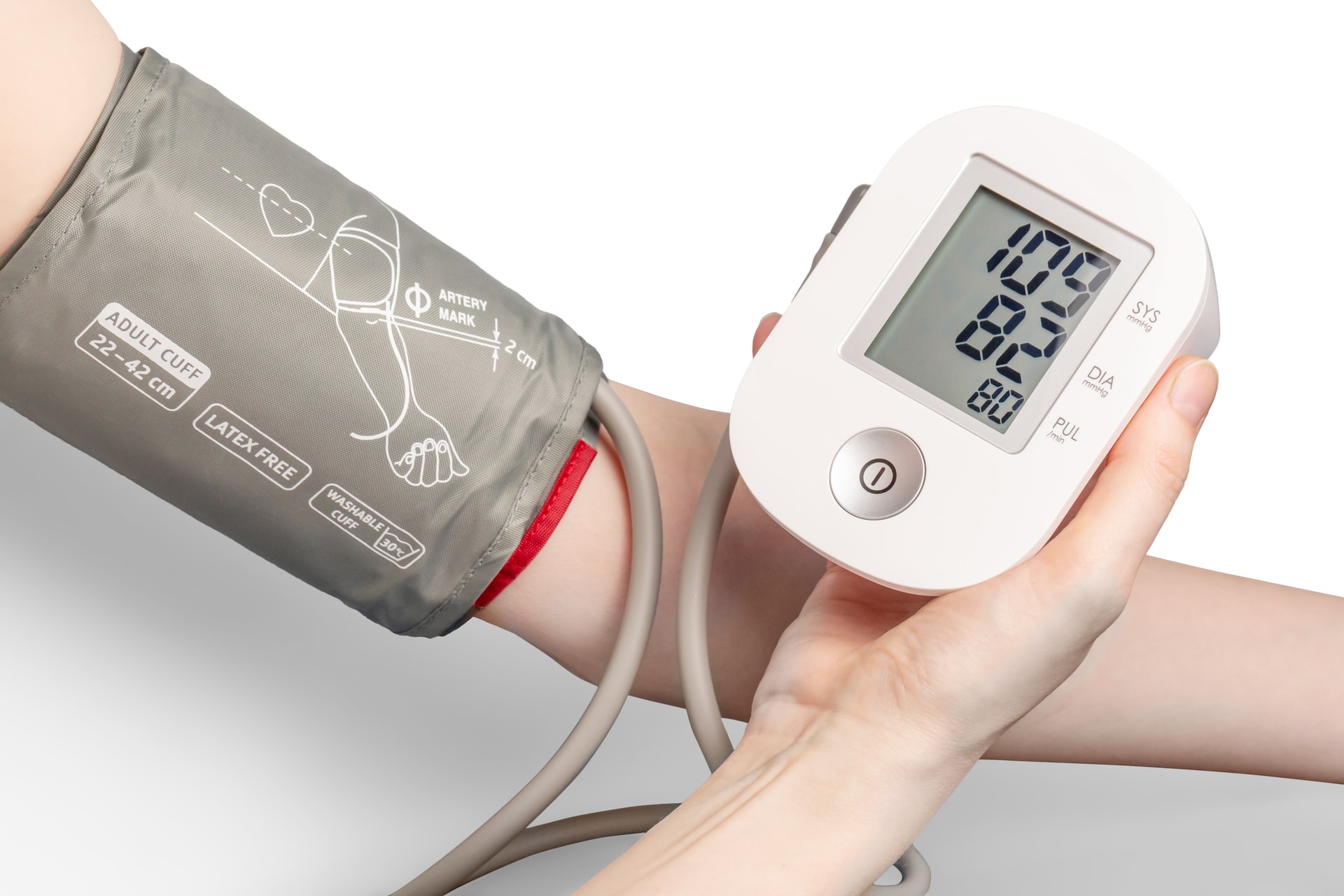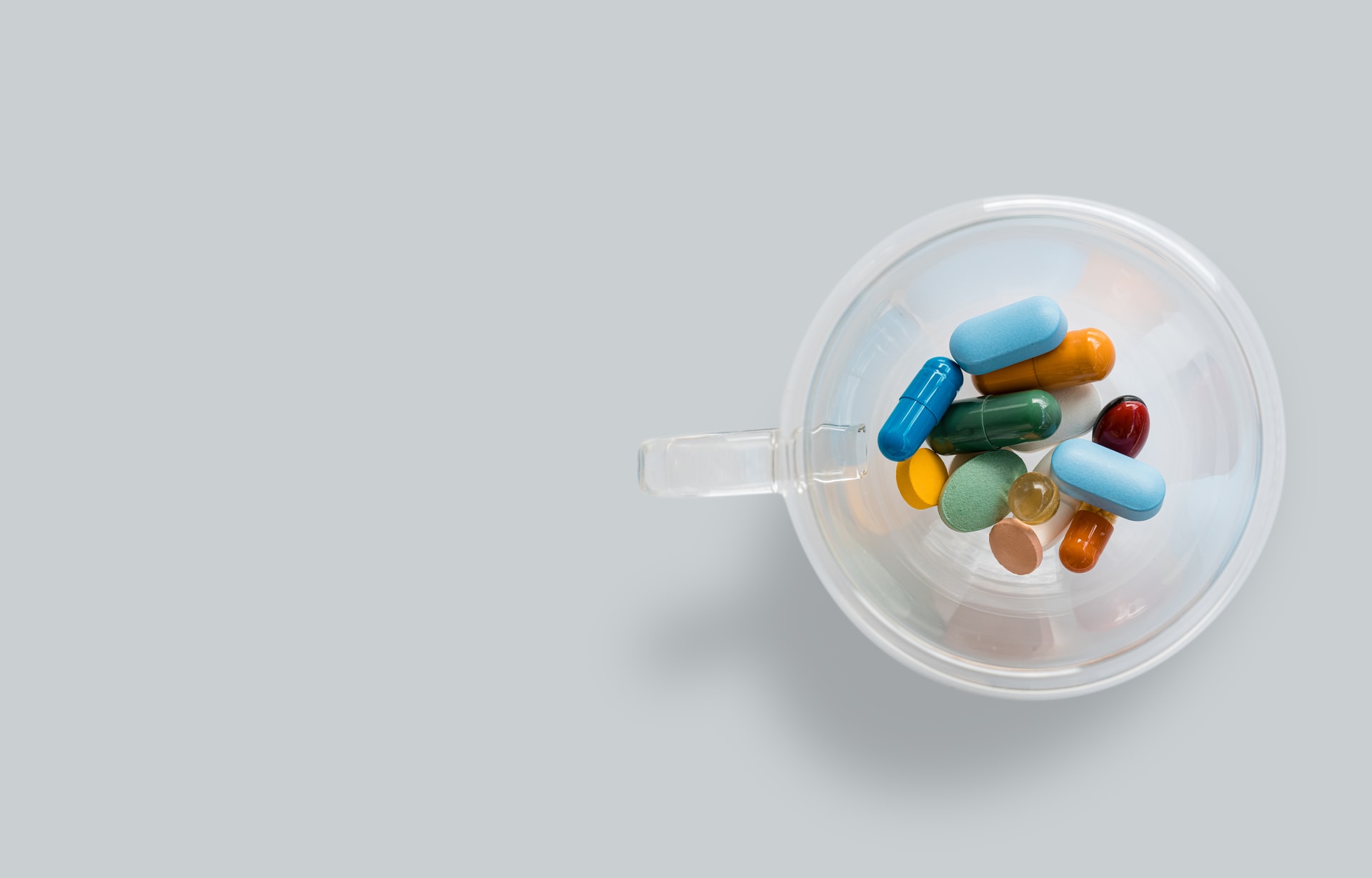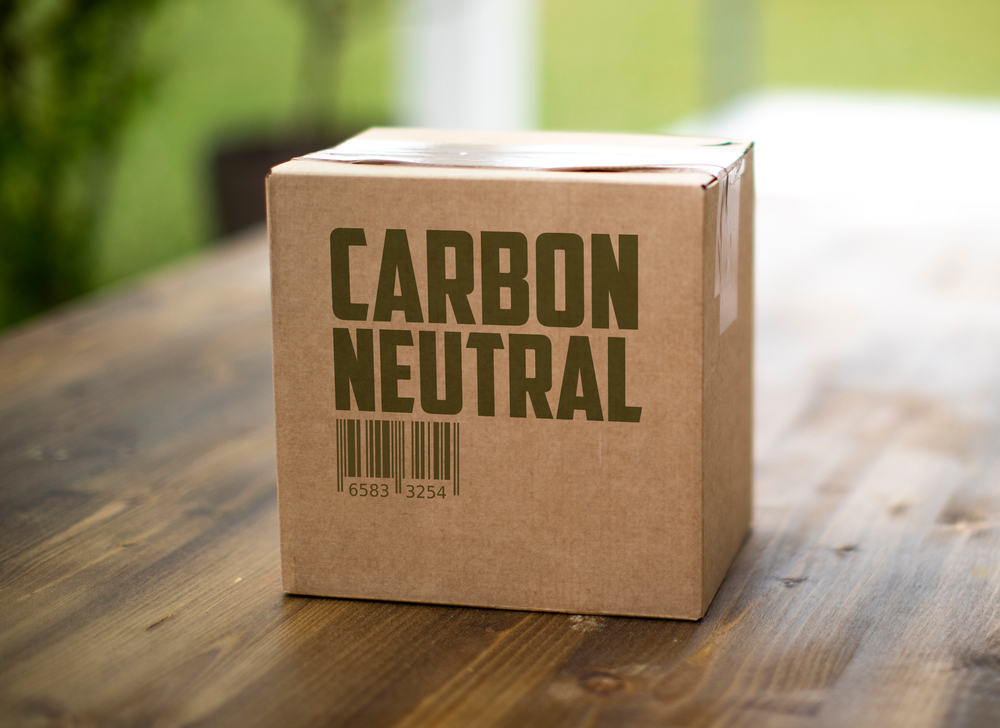Reading Time: < 1 minutes
- When we inhale, air is drawn in to fill our lungs.
- Lungs have millions of small bags called alveoli, each smaller than the ‘full-stop’ at the end of this sentence (it is the alveoli and not the lungs that take in oxygen and send out carbon dioxide).
- Each alveoli is covered in a mesh of blood capillaries (very thin vessels) – imagine a paper ball covered in mesh of rubber bands.
- The blood in these capillaries absorbs oxygen from the alveoli & leaves behind carbon dioxide, which the alveoli then pumps out.
- Bringing oxygen to the alveoli is called ventilation & transfer of oxygen through blood is called oxygenation.
- When our respiratory system is working correctly, ventilation & oxygenation happen automatically; but there could be multiple conditions that affect these.
- E.g. asthma causes inflammation in oxygen airways (trachea, bronchus etc.) thus hampering ventilation; viruses can puncture lung cells and fill alveoli with fluid making portions of lungs unusable, thereby, impairing oxygenation.
- Ventilators bypass the respiratory system and ensure enough oxygen is forced into the alveoli.
- In milder cases, a face mask is fitted over the mouth and nose and this mask is filled with high pressure air that is forced through airways into the alveoli.
- Since in this case no component invades the body, it is called non-invasive ventilation.
- In serious cases, a tube is inserted into trachea aka windpipe (invasive ventilation) bypassing all organs above trachea (in picture).
- Ventilators use a circuit of valves and pipes that allow inhalation and exhalation.
- The ventilators also help hold the lungs open even after exhaling so that breathing effort could be reduced.
- In case of liquid buildup, diuretics (substances that cause increased production of urine to clear water away) are given.
- Most modern ventilating systems are connected to a computer to monitor patient’s breathing and adjusting the airflow.
- Ventilation generally requires heavy sedation and repeat ventilation can cause damage to the lungs.
Image courtesy of Picture by BruceBlaus through Wikimedia
Reference shelf :





